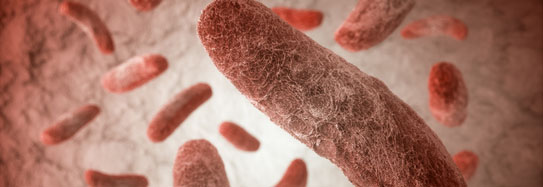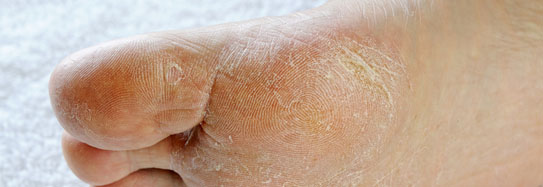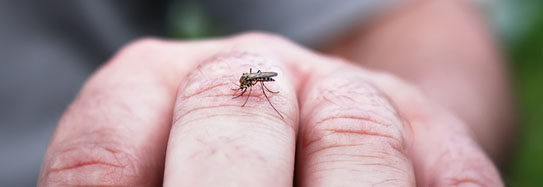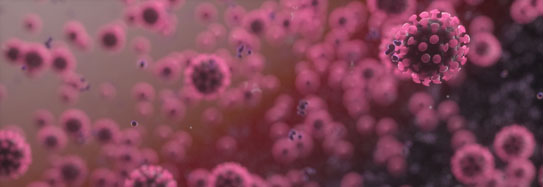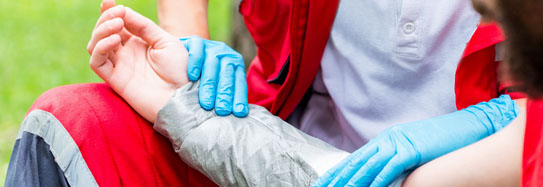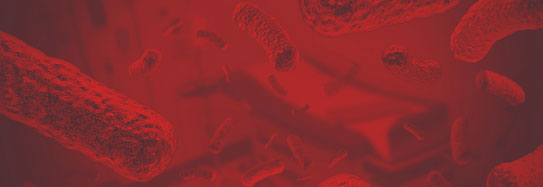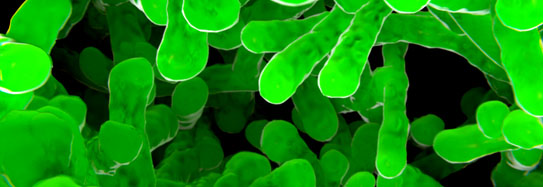From earthquakes and forest fires to hurricanes and floods, the damage that occurs during natural disasters can be catastrophic. And once the actual event is over, it can take weeks, months, even years to rebuild destroyed homes and communities.
During a natural disaster, the focus is on survival and saving as many lives and homes as possible. But once the immediate danger is over, other dangers take their place. Power may be down, pumping stations unable to provide clean water, waste water pipes break, and flood waters can carry many germs, spreading infections. Infections can also spread among evacuees because of overcrowding, particularly in prolonged situations. All these infections can trigger sepsis among victims and emergency workers.
Cuts in the skin leave an open pathway for germs to enter the body. Germs transmitted through the air may enter your lungs when you breathe in. Others may enter through your gastrointestinal tract. This occurs if you put your hand to your face or if you eat or drink contaminated products.
Sepsis is a life-threatening emergency that happens when your body’s response to an infection damages vital organs and, often, causes death. Like strokes or heart attacks, sepsis is a medical emergency that requires rapid diagnosis and treatment.
Suggested Citation:
Sepsis Alliance. Sepsis and Natural Disasters. 2024. https://www.sepsis.org/sepsisand/natural-disasters/
Updated March 14, 2024.


